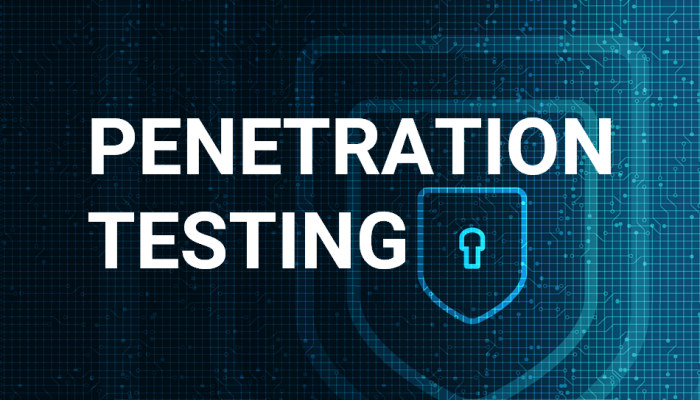Penetration Testing
Penetration Testing is the practice of evaluating the security of systems, networks, or applications by simulating attacks. It helps identify vulnerabilities and weaknesses before they can be exploited by malicious hackers.
- Duration: 4 Months
- Level: Advanced
- Instructor: Nitin Sharma
- Price:
27500 10% OFF
25000.00
Exclusive Offer Just for You!
We are pleased to inform you that a special discount is available on the next page. Additionally, you can apply a coupon code for even more savings. Don’t miss this opportunity to get an extra discount on your course fees.
What You'll Learn
- Learn the fundamentals of penetration testing and its importance in cybersecurity.
- Understand the stages of penetration testing: Planning, Scanning, Exploitation, and Reporting.
- Gain hands-on experience using tools like Nmap, Metasploit, and Burp Suite.
- Learn how to identify and exploit vulnerabilities in networks, web applications, and systems.
- Develop skills to write detailed penetration testing reports.
Detailed Curriculum
- Module 1: Introduction to Penetration Testing
- What is Penetration Testing?
- Types of Penetration Testing: Black-box, White-box, Gray-box
- Penetration Testing Methodology
- Tools Overview: Nmap, Metasploit, Burp Suite, Wireshark, and more
- Legal and Ethical Considerations in Penetration Testing
- Module 2: Planning and Reconnaissance
- Understanding the Planning Phase: Scoping and rules of engagement
- Footprinting and Information Gathering: DNS, WHOIS, social engineering
- Passive vs Active Reconnaissance
- Tools for Reconnaissance: Nmap, Netcraft, and Maltego
- Module 3: Scanning and Vulnerability Assessment
- Network Scanning: Techniques for identifying open ports, services, and systems
- Vulnerability Scanning: Using tools like Nessus, OpenVAS
- Service Enumeration and OS Detection
- Risk Assessment and Report Generation
- Module 4: Gaining Access and Exploitation
- Exploiting Network Vulnerabilities: Weaknesses in protocols (FTP, SSH, HTTP)
- Web Application Attacks: SQL Injection, Cross-Site Scripting (XSS), CSRF
- Using Metasploit for Exploitation
- Privilege Escalation Techniques
- Module 5: Maintaining Access and Covering Tracks
- Maintaining Access: Backdoors, reverse shells, persistent access
- Clearing Logs and Evidence: Rootkits and anti-forensic techniques
- Post-Exploitation Techniques: Data exfiltration, network pivoting
- Ethical Considerations in Maintaining Access
- Module 6: Reporting and Documentation
- Writing Penetration Testing Reports:-Executive Summary, Technical Report, and Remediation Suggestions
- Report Formatting: Clear and actionable documentation
- Presenting Findings to Stakeholders
- Module 7: Web Application Penetration Testing
- OWASP Top 10 Vulnerabilities
- SQL Injection and Cross-Site Scripting (XSS)
- Authentication Bypass and Session Management Issues
- Using Burp Suite for Web Application Testing
- Module 8: Wireless Network Penetration Testing
- Wireless Network Security Overview: WEP, WPA, WPA2
- Cracking WEP and WPA: Using Aircrack-ng
- Evil Twin and Deauthentication Attacks
- Securing Wireless Networks
